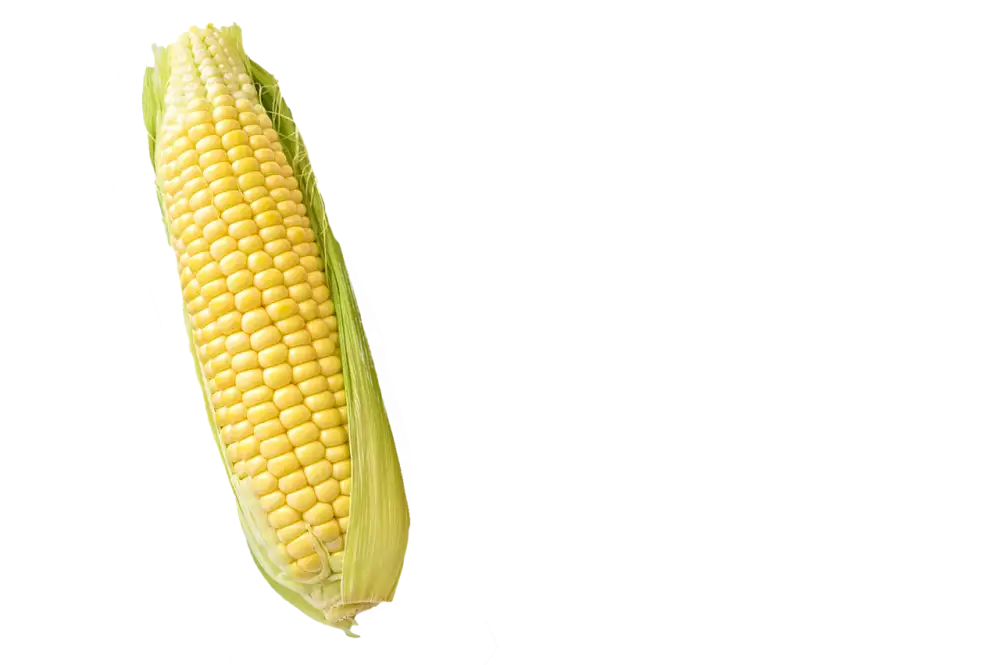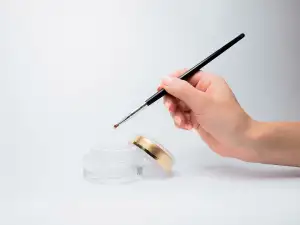Understanding the Risks and Implications of Eating Corn Starch: A Comprehensive Guide to Pica and its Health Effects

Corn starch, a common ingredient found in many food products, has gained attention for its association with a condition called pica. Pica is characterized by the persistent craving and consumption of non-nutritive substances, such as corn starch. While it may seem unusual to some, the act of eating corn starch has become a prevalent behavior among individuals with pica. In this comprehensive guide, we will explore the risks and implications of consuming corn starch, shedding light on the importance of understanding pica as a medical condition.
Understanding pica as a medical condition
Understanding pica as a medical condition is crucial in comprehending the risks and implications of eating corn starch. Pica is characterized by persistent cravings for non-food substances, such as corn starch, clay, or ice. It is often associated with nutritional deficiencies, mental health disorders, or developmental disorders. Pica can affect individuals of all ages and can have serious health consequences if left untreated. It is important to recognize pica as a medical condition that requires professional intervention and support.
Potential health risks associated with consuming corn starch
Consuming corn starch can pose potential health risks. One of the main concerns is the risk of developing pica, a disorder characterized by cravings for non-food substances. Ingesting large amounts of corn starch can lead to nutrient deficiencies as it lacks essential vitamins and minerals. Moreover, excessive consumption may cause digestive issues such as bloating, constipation, and diarrhea. Additionally, corn starch has a high glycemic index, which can contribute to blood sugar spikes and increase the risk of diabetes. It is important to be aware of these risks and consume corn starch in moderation or seek healthier alternatives.
Nutritional value of corn starch
Corn starch, derived from the endosperm of corn kernels, is primarily used as a thickening agent in cooking and baking. While it may not offer significant nutritional value on its own, it is low in fat and cholesterol and contains a small amount of protein. However, it is important to note that consuming corn starch alone does not provide essential nutrients such as vitamins, minerals, or fiber. Therefore, it should be consumed in moderation and as part of a balanced diet to ensure adequate nutrition.
Alternatives to consuming corn starch for individuals with pica
For individuals with pica who crave the texture and taste of corn starch, it is important to find healthier alternatives. One option is to substitute corn starch with other starchy foods such as potatoes or rice. These can be cooked and mashed to achieve a similar consistency. Another alternative is using arrowroot powder, which is a natural thickening agent that can be used in cooking and baking. It is important to consult a healthcare professional or nutritionist for guidance on finding suitable alternatives that meet nutritional needs while addressing the cravings associated with pica.
Seeking professional help for pica and its underlying causes
Seeking professional help is crucial for individuals with pica and its underlying causes. A healthcare provider can conduct a thorough evaluation to determine the root cause of the condition and provide appropriate treatment options. They may refer the individual to a psychologist or psychiatrist who specializes in eating disorders. Additionally, nutritional counseling can help address any deficiencies and develop a balanced diet plan. Remember, early intervention is key to managing pica effectively and promoting overall well-being.
In conclusion, it is important to promote a healthy approach to managing pica and its associated behaviors. While consuming corn starch may provide temporary relief for individuals with pica, it is crucial to understand the potential health risks involved. Instead of relying on corn starch as a source of nutrition, it is recommended to explore alternative options that are both safe and nutritious. Seeking professional help is also essential in addressing the underlying causes of pica and finding effective strategies for managing this condition. By taking a proactive approach, individuals can ensure their overall well-being and make informed choices about their dietary habits.
Published: 11. 12. 2023
Category: Health



